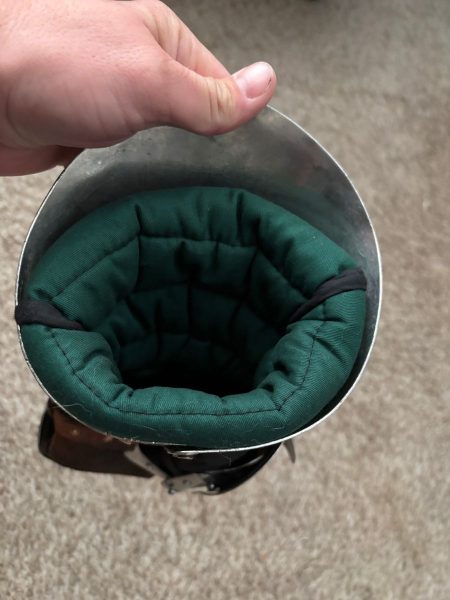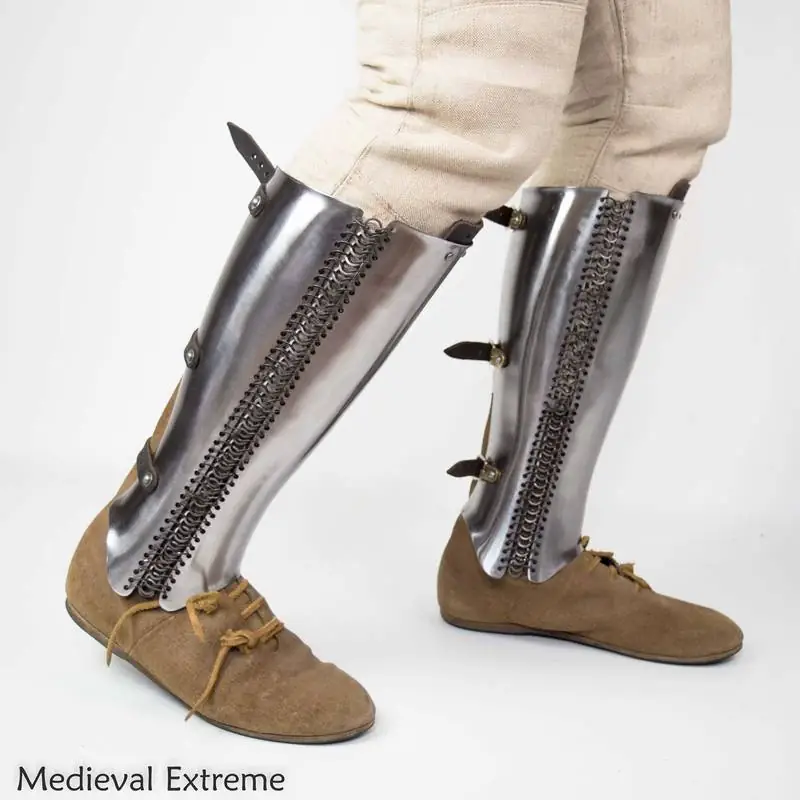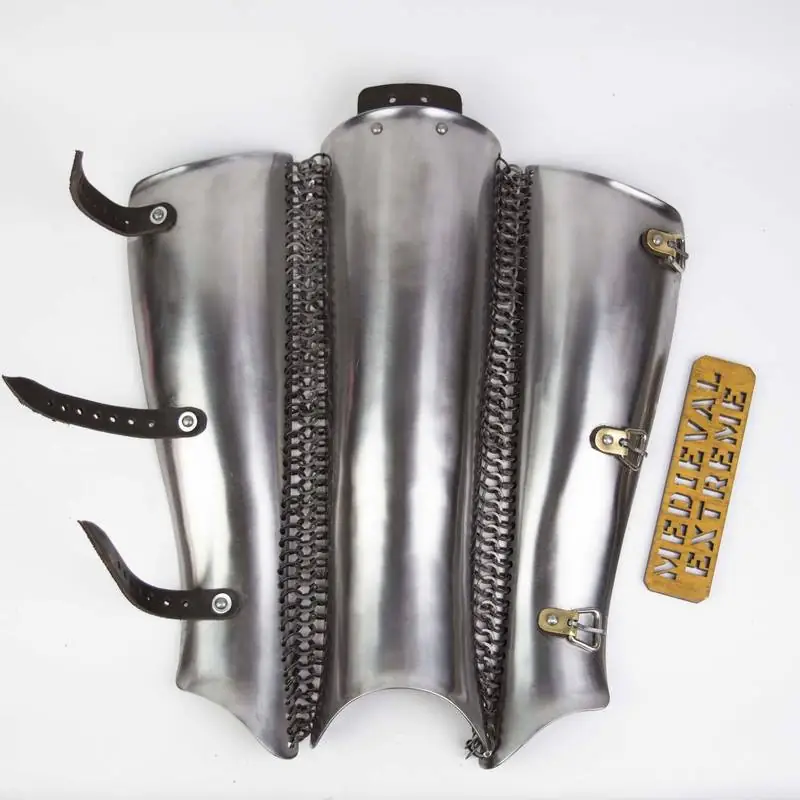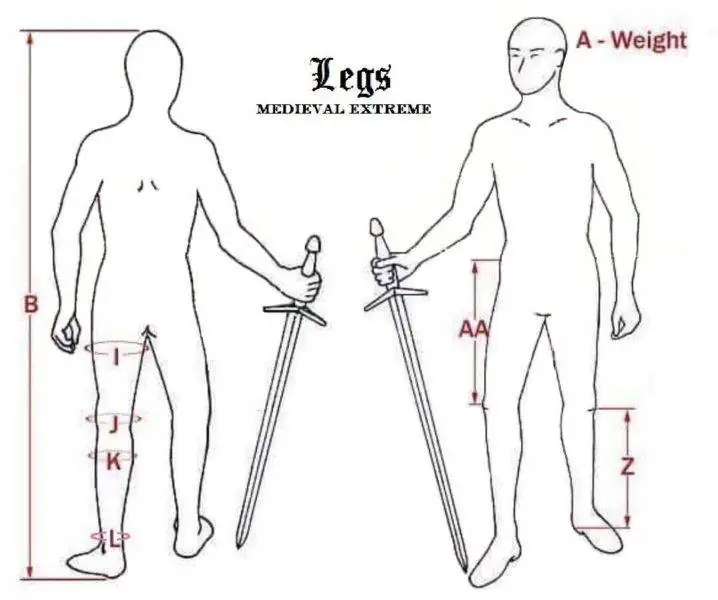Description
Meet the Eastern Shin Protection Saqband in MedievalExtreme shop.
Traditionally, the military affairs of the nomads of the east relied on fast and agile light cavalry. The battle tactics were based on exhausting the enemy with maneuvering and archery with light cavalry, after which heavy armored horsemen attacked the weakened and demoralized enemy.
For example, the Mongols and various Turkic tribes sought to decide the outcome of the battle at the initial stage of the battle in order to avoid large losses. Mongolian light cavalry fought in loose formation, showering the enemy with arrows. The infantry, as a rule, was not numerous, and was used as an auxiliary branch of the troops. This manner of fighting did not involve the use of heavy armor. The lack of methods for mining and processing iron in Central and Central Asia made the use of heavy full armor almost impossible. The warrior’s protective equipment consisted of a light felt helmet and a robe, which was sometimes reinforced with several metal plates.
In the Middle Ages, the use of lamellar and laminar armor, the so-called “kuyak”, began to be actively introduced into military use. Leg protection was provided by wide skirt-shaped legguards attached to the body armour or to the belt.
Eastern Shin Protection
The real epoch of the heyday of the Central Asian complex of protective weapons was the XIII-XIV century. The military campaigns of Genghis Khan in Samarkand and Khorezm not only redrawn the world map, but also radically changed the appearance of the Mongol-Turkic warrior. The culture of Iran had a great influence on the development of the material and spiritual culture of Central Asia, including the field of military affairs. The fashion for various types of clothing, jewelry and armor, widespread in Herat and Isfahan, spread very quickly from Bukhara to Karakorum. Armor consisting of metal plates interconnected by chain mail rings came into fashion.
During this period, the main type of shin protection was the iron folding greaves – “buturluks”, connected with hinges or chain mail rings.
Such protection was quite effective, but it contained one serious design flaw: “buturluks” protected the legs only up to the knees, leaving the thigh uncovered, so the armourers had to supply the laminar shells with long and wide legguards.
They were not only bulky, but not always effective. On the Iranian miniatures of the XIVth-XVth centuries it can be seen that during the battle and the race, the legguards often moved, exposing the hips and knees.
Our “buturluks” are made of hardened spring steel and connected with riveted chainmail. Stylish and anatomical plates provide a great protection rate. We make each pair as a made-to-measure item and would be done according to your size.































Whas missing the leather add-ons but was made very well
Your review is awaiting approval
Only took about 8 months to get them .
Your review is awaiting approval
I really like the greaves, but, they didnt have holes pre drilled near the knees for pointing, which causes them to slide down and press into the top of my foot causing mobility issues and pain. I did also noticed they appeared to be digging into the sabatons and period shoes which was causing cuts and heavy damage to the leather parts.
I’ve received my order! I am very happy with it! I will try it all on tonight after work!